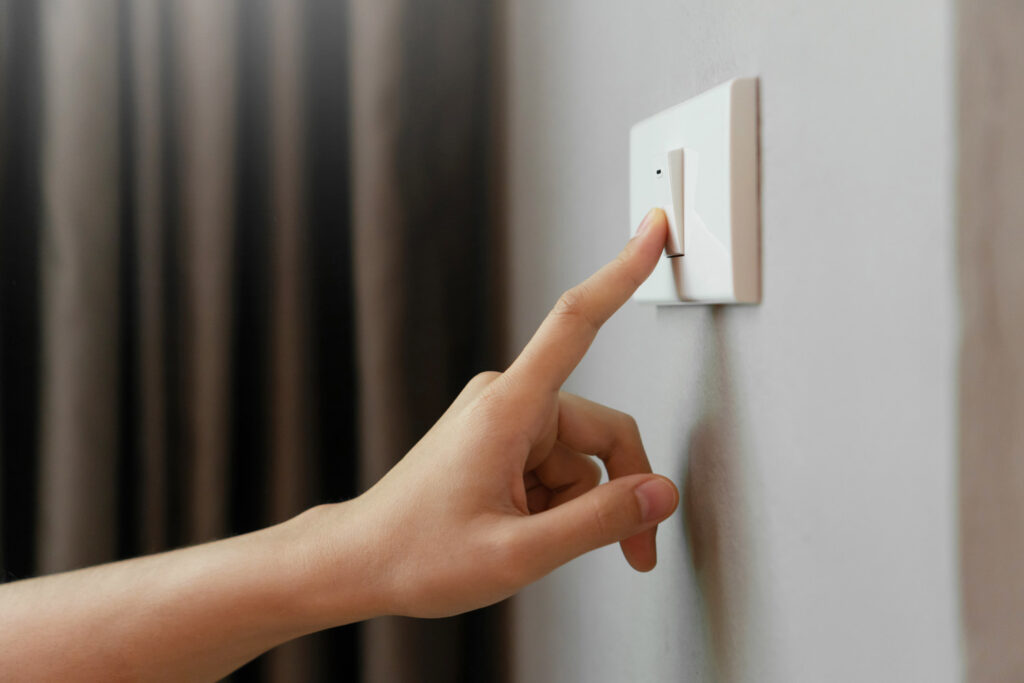Our digital devices give us endless avenues for instant connection and up-to-date glances into our ever-shifting world. There’s a dark side to this never-ending stream of data, though.
Too much tech can lead to overstimulation. We scroll, swipe and click our way through information—even when our minds crave rest. The desire to connect and be in-the-know can be difficult to resist. This pull can play with our emotions, no matter our age. What are we missing out on? Why weren’t we invited? Left unchecked, these feelings can lead to depression, anxiety and other emotional issues. There are also some more serious threats looming online—stranger danger, stolen identities and hacked accounts among them.
The sooner tech time standards are set, the sooner good habits can take root. Daily demands require focus. Most tasks require our undivided attention. Slotting time into the day for technology helps children become more independent and more capable of balancing priorities. One can’t “just say no” to screen time in today’s world. That’s unrealistic. Many school curriculums are enhanced by computer-aided tech. Some even build upon it as a cornerstone. So how do you strike a balance?

Check out these tips that give your family an advantage when it comes to building healthy relationships with friends, family and gadgets.
Keep mornings uninterrupted
Mornings are busy with everyone trying to get out the door on time. Kids should be focused and distraction-free. Your mornings are a great time to eat a breakfast that fuels their day and to sneak in conversation. If they have a few minutes once they’re ready to go, there’s nothing wrong with a little iPad time so long as it doesn’t cause riffs in your routine.
Communicate safely
“Mom, drama club was cancelled. I need a ride home. Like, now.” “Dad, I forgot to tell you I’m responsible for bringing a team snack for swim practice. Today!” Familiar phrases we’ve all heard that need immediate attention. In addition to texting, there are several kid-safe apps for communicating including Messenger Kids, Yo and GeckoLife. These allow you to keep in touch while monitoring who they connect with.
Establish afterschool boundaries
It’s time for homework and snacks. Once math problems and research papers are complete, a little tech time is a good reward. Learning to complete homework and chores before leisurely scrolling will serve children well into adulthood. It’s also important to recognize when kids need a “brain break” before jumping back into schoolwork. Let them take a breather if they need it before battling the books.

Keep devices off the table
Strive to make dinner time technology-free. Turn off the television and leave phones in the other room. It may be painful at first, but you’ll see the benefits blossom. Use mealtime to chat about the day and spend uninterrupted moments with one another. Investing in interpersonal relationships, especially with your children, matters. Time at the table also enhances social and emotional development. Listening, observing facial expressions, reading body language and engaging in back-and-forth discussion helps everyone develop and fine-tune social skills.
Ban devices at bedtime
An hour before lights out is the best time to repo phones and begin settling in for sleep. Set up a charging station in your home where everyone’s—and we mean everyone’s—devices spend the night. Read a book, play a game together, get lunches ready for the next day and pack-up backpacks. Give your brains the time they need to relax, repair and get ready for the day ahead.

Curb dependence
When you’ve had it up to your eyeballs with all things tech, it may be time to consider a digital diet. Turn off and stash away all phones, hand-held games and other gadgets. Whining and gnashing of the teeth will happen, but that’s okay! Fill time with togetherness, or let your kids rediscover toys and books. Boredom is not something kids (or adults) should fear. Children should learn how to entertain themselves instead of consistently looking toward something—a phone, tablet or even a parent. Think of it as a way for children to get creative on their own using the imaginations they were blessed with.
Create habits that are formable, sustainable and repeatable. It’s critical to model a positive and healthy relationship with technology. Your children are watching and observing how you handle yourself in the digital realm. Show them that technology is not the end-all be-all in our world but rather a resource we turn to. It can help us manage parts of our lives and solve problems, yet tech can also be toxic, like eating too much sugar or staying up late on a school night. Gadget problems can be preempted when gadgets are used in moderation and in a positive way.












